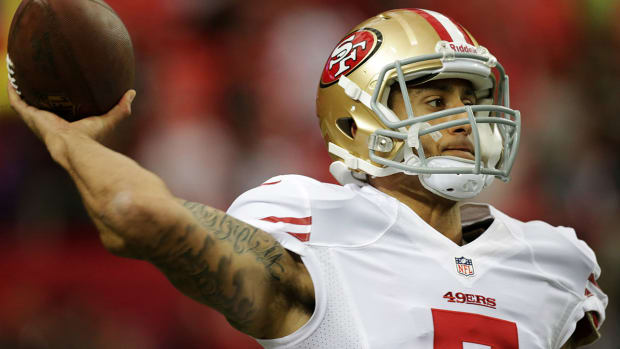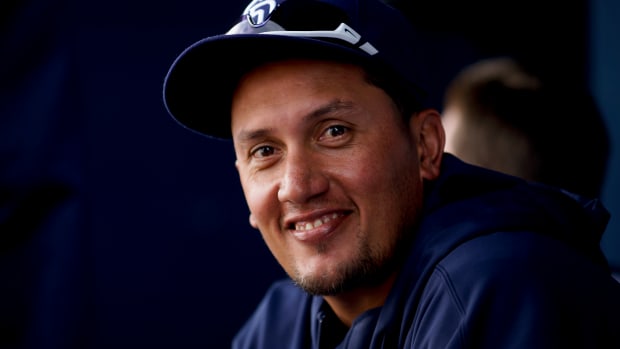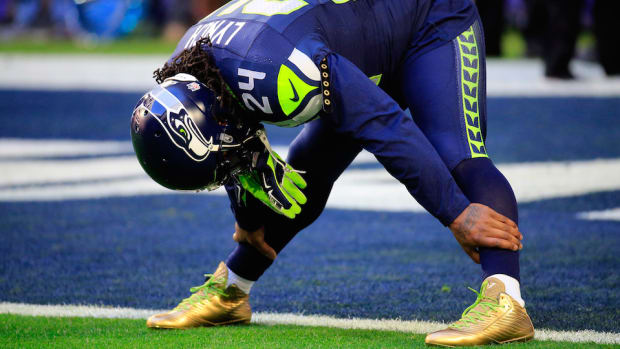
Report: Internal NCAA emails could prove key in concussion lawsuit
Former football player Adrian Arrington (right) and attorney Joe Siprut are leading a lawsuit against the NCAA. (Chicago Tribune/Getty Images)
Internal NCAA emails that raise questions about the organization's handling of head injuries could provide key evidence in the lawsuit being filed against the NCAA.
The emails, reviewed by The Washington Times and part of hundreds of pages of internal NCAA documents and depositions filed in federal court on Friday, reveal several NCAA employees displaying a lax attitude about concussions.
The suit was originally filed in 2011 on behalf of several former athletes, including former Eastern Illinois football player Adrian Arrington, and is currently seeking class-action status.
One of the more provocative emails features Ty Halpin, the director of playing rules administration, and Nicole Bracken, the associate director of research, mocking the concussion safety efforts of director of health and safety David Klossner.
From The Washington Times report:
“Dave is hot/heavy on the concussion stuff,” wrote Ty Halpin, the director of playing rules administration. “He’s been trying to force our rules committees to put in rules that are not good — I think I’ve finally convinced him to calm down.”
“He reminds me of a cartoon character,” responded Nicole Bracken, the associate director of research.
“”HA! I think you’re right about that!” Halpin wrote.
Other sections of the case file showed staffers were not taking concussion treatment protocols seriously.
From the report:
— A 2009 email from a University of Georgia assistant football trainer discussed potential NCAA concussion legislation and admitted athletes were returned to games after suffering concussions. — An internal NCAA survey released in 2010 showed 50 percent of responding schools didn’t require a concussed athlete to see a physician and around half would return an athlete to the same game after suffering a concussion. Just 66 percent of schools used baseline testing; of those that didn’t, 70 percent indicated cost was a factor and 48 percent regarded the process as too time-consuming.
“I personally have seen an athlete knocked unconscious and return in the same quarter in recent years,” Dean Crowell wrote in an email to Klossner as several others.
— In February 2010, Abe Frank, the managing director of government relations, asked Klossner if “the [federal concussion] recommendations for youth sports would go beyond what is required at the college level?”
Klossner responded: “Well since we don’t currently require anything all steps are higher than ours. It seems the federal act is mandating baseline and post-concussive testing.”





